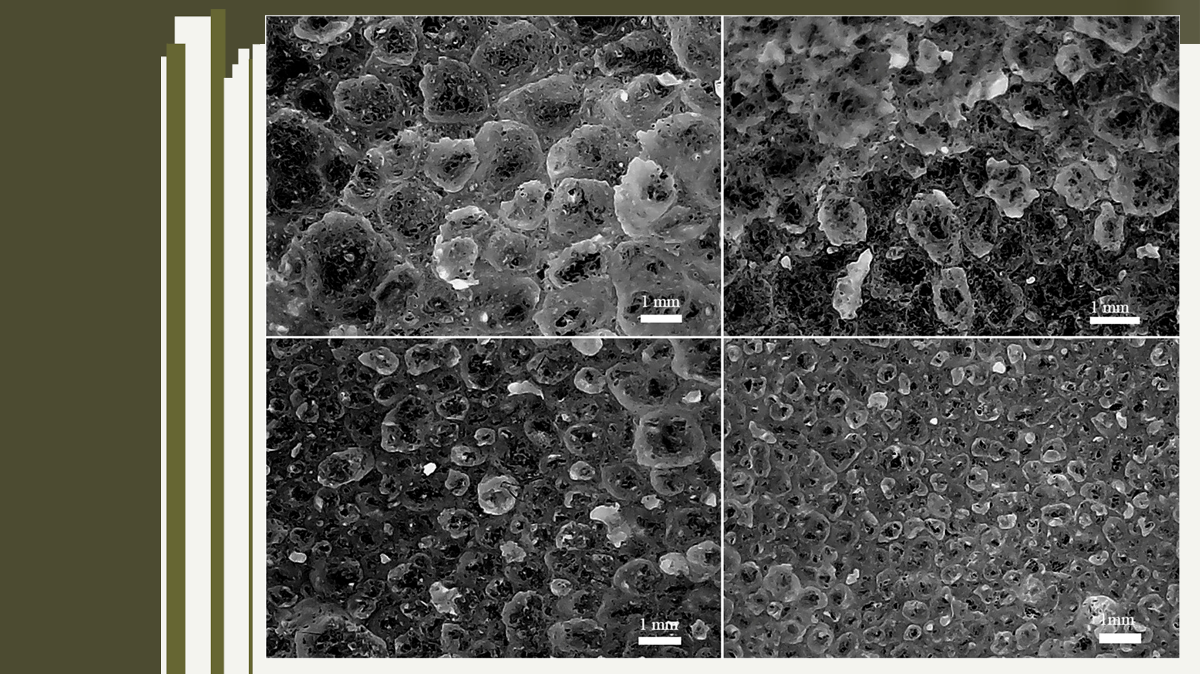Thermal Performance of Foam Glass Aggregate at Different Compaction Ratios
By Waleed Sulaiman Mustafa | Buildings
https://doi.org/10.3390/buildings13071844
The use of glass waste in the construction industry has a high potential of leading to a higher recycling percentage. Foam glass aggregate (FGA) is around 98% recycled glass waste of various origins and has good insulation properties with big grain size distributions ranging between 10 mm and 60 mm. FGA has a wide range of applicability in the construction industry, which significantly differs from each implementation in the case of built-in conditions of the material. Therefore, investigating the impact of different compaction ratios, temperature, and relative humidity conditions on the thermal performance of such material is very important. In the present work, the samples of foam glass aggregates have been prepared with four different compaction ratios (10%, 20%, 30%, and 40%) to measure their impact on the material’s mechanical and thermal insulation properties. The obtained results revealed that the dry density property of the material linearly increased with elevated compaction ratios. In contrast, the submergence density did not follow the same trend behaviour under the same circumstances. The vertical strain of the foam glass aggregates decreased with increased compaction ratios, and a significant correlation behaviour was observed between the vertical strain and increased compaction ratios at high compressional loads. The material’s thermal conductivity increased with increasing compaction ratios in both 50% relative humidity and 95% relative humidity, while for the submergence condition, a significant decrease in their values was observed after compacting the material by 40%. The thermal conductivity is tested at 10 °C and 30 °C using the TLS and GHP methods. The thermal resistance of foam glass aggregate layers was calculated based on the measured results, showing an approximately linear decreasing trend with increasing compaction ratios. While the submerged foam glass aggregate samples demonstrated stable thermal resistance values at 30% compaction, by raising the compaction ratio to 40%, the material’s thermal resistance increased once again. The experimental results also found the temperature conversion coefficients, which can be used to convert the compacted FGA materials’ thermal conductivity to the temperature experienced in a different built-in state than the laboratory measurements. Our study demonstrates the broad usability of foam glass aggregate as a compacted thermal insulating layer in the building industry.

